
- Why-Choose-Native-Materials
- Benefits-of-a-Sustainable-Backyard
- Planning-Your-Sustainable-Backyard
- Native-Plants-for-Your-Backyard
- Using-Local-Stones-and-Materials
- Maintaining-Your-Sustainable-Backyard
Why Choose Native Materials?
When creating a sustainable backyard, one of the best choices you can make is to incorporate native materials into your design. Native materials, such as local plants, stones, and wood, are those that naturally occur in your area and are adapted to the local climate, soil, and wildlife. By using these materials, you’ll not only conserve water and energy but also promote biodiversity and reduce the need for harmful chemicals and fertilizers.
Native materials are also incredibly resilient. They are well-suited to local conditions, meaning they require less maintenance and are less likely to be affected by pests or disease. Additionally, using local resources reduces your carbon footprint, as it limits the need for transportation and energy-intensive manufacturing processes associated with non-native materials.

Benchmark Landscape Management Inc
East TroyWalworth CountyWisconsin
2535 Energy Dr, East Troy, WI 53120, USA
Benefits of a Sustainable Backyard
Building a sustainable backyard using native materials offers a wide array of benefits, both for the environment and for your home. Here are some of the key advantages:
1. Reduced Environmental Impact
By using native plants and materials, you are supporting a more sustainable ecosystem. Native species require fewer resources, such as water and pesticides, and are better for local wildlife.
2. Low Maintenance
Native plants and materials are adapted to local conditions, meaning they often need less care. They are less susceptible to diseases and pests, reducing the need for chemical treatments.
3. Water Conservation
Native plants are drought-tolerant and adapted to the local rainfall pattern, reducing the need for frequent watering. This is especially important in areas facing water scarcity.
4. Cost-Effective
By utilizing materials from your local environment, you can often save money. You won’t need to transport materials over long distances, and native plants are generally more affordable than exotic varieties that require more maintenance.
Planning Your Sustainable Backyard
Before diving into the design of your sustainable backyard, it’s essential to plan carefully. Here are some steps to follow for creating a backyard that’s both eco-friendly and aesthetically pleasing:
1. Assess Your Space
Start by evaluating the space you have available. Take note of the sunlight, shade, and moisture levels, as these factors will influence your choice of plants and materials. Additionally, consider the size of your yard and the layout you desire, such as whether you want a garden, patio, or water feature.
2. Research Native Plants
Look into the native plants that thrive in your area. Native plants offer a range of colors, textures, and sizes, and they attract beneficial pollinators like bees, butterflies, and birds. Choose plants that will flourish in your yard’s conditions and fit with your overall design vision.
3. Choose Natural Materials
For your hardscaping (such as pathways, walls, or borders), opt for locally sourced stone, gravel, and wood. These materials are both sustainable and beautiful, blending seamlessly into the natural environment.
Native Plants for Your Backyard
Native plants are the cornerstone of any sustainable backyard. Here are a few popular options that thrive in many parts of the United States:
1. Wildflowers
Wildflowers such as coneflowers, black-eyed Susans, and lupines are perfect for adding color and attracting pollinators to your garden. They are easy to grow and provide food for bees, butterflies, and birds.
2. Grasses
Native grasses like blue fescue, little bluestem, and Indian grass are drought-tolerant and low-maintenance. They can create beautiful textures and serve as the backdrop to flower gardens or as ground cover in large areas.
3. Shrubs and Trees
Native shrubs and trees such as elderberry, dogwood, and red-twig dogwood are great for providing habitat and shade. They also help prevent soil erosion and improve the overall health of your backyard ecosystem.
4. Herbs
Many native herbs, such as lavender, oregano, and thyme, are not only easy to grow but also have culinary and medicinal uses. These herbs can be grown in containers or garden beds and can thrive in both sunny and partially shaded areas.
Using Local Stones and Materials
Incorporating local stones and materials into your design can give your backyard a natural, cohesive feel. Here are some ideas on how to use these materials:
1. Stone Pathways
Use natural stone or flagstone to create a winding pathway through your backyard. These materials are durable and blend beautifully with the surrounding plants.
2. Retaining Walls
For sloped yards, consider using local stones to create retaining walls that will help with water drainage and prevent soil erosion. These walls can be functional and visually striking when designed with native stone.
3. Gravel Patios
Instead of using concrete or other non-sustainable materials for a patio, try using locally sourced gravel or pebbles. This not only reduces your environmental footprint but also provides a relaxed, natural aesthetic.
Maintaining Your Sustainable Backyard
While native plants and materials require less maintenance than non-native options, they still need some care to thrive. Here are some tips for keeping your sustainable backyard healthy and vibrant:
1. Watering
Even drought-tolerant plants need occasional watering, especially in their first year of growth. Water deeply and infrequently to encourage deep root systems and reduce the need for frequent irrigation.
2. Pruning
Regular pruning helps maintain the shape of your plants and encourages new growth. It’s especially important for shrubs and trees that can become overgrown.
3. Mulching
Apply a layer of mulch around your plants to retain moisture, suppress weeds, and regulate soil temperature. Organic mulch, such as bark or wood chips, works best and eventually breaks down to enrich the soil.
By using native materials and plants in your backyard design, you’re not only creating a beautiful space for yourself but also helping protect the environment. For expert advice and eco-friendly products, check out Beautiful Landscapes, your go-to source for sustainable landscaping materials and services.



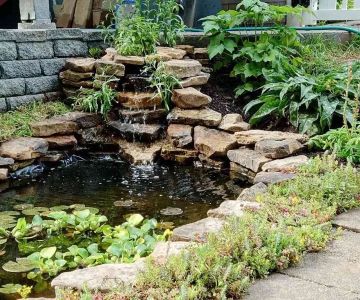
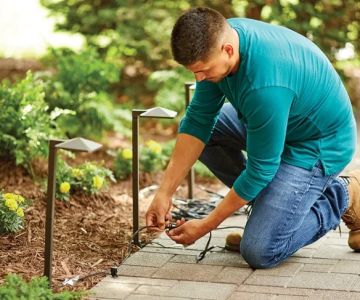
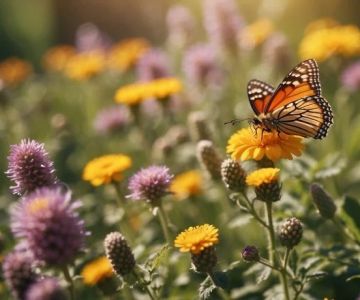
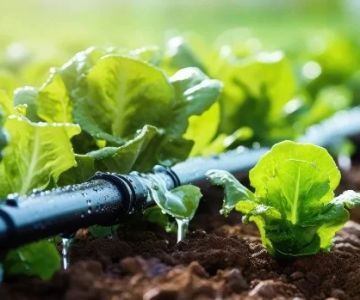
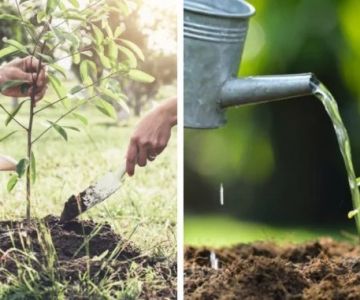
 Sprinklers Plus4.0 (328 reviews)
Sprinklers Plus4.0 (328 reviews) Artistic Outdoor Lighting - Chicagoland's Landscape Lighting5.0 (182 reviews)
Artistic Outdoor Lighting - Chicagoland's Landscape Lighting5.0 (182 reviews) K&C Landscaping and Handyman services1.0 (1 reviews)
K&C Landscaping and Handyman services1.0 (1 reviews) The Garden Kingdom2.0 (16 reviews)
The Garden Kingdom2.0 (16 reviews)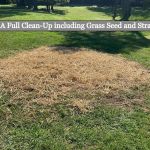 Gilmore's Stump Removal5.0 (7 reviews)
Gilmore's Stump Removal5.0 (7 reviews) Bryce's Lawn Service4.0 (342 reviews)
Bryce's Lawn Service4.0 (342 reviews)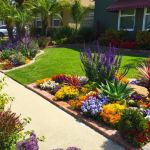 How to Landscape a Front Yard for Maximum Curb Appeal: Expert Tips and Ideas
How to Landscape a Front Yard for Maximum Curb Appeal: Expert Tips and Ideas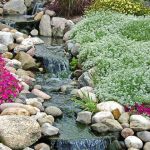 Best Ground Covers for Slopes & Erosion Control: Affordable and Effective Solutions
Best Ground Covers for Slopes & Erosion Control: Affordable and Effective Solutions How to Care for a Newly Planted Landscape: Expert Tips for Healthy Growth
How to Care for a Newly Planted Landscape: Expert Tips for Healthy Growth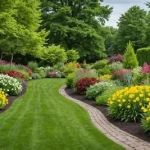 How to Develop a Seasonal Garden Maintenance Calendar - Expert Tips for Year-Round Gardening
How to Develop a Seasonal Garden Maintenance Calendar - Expert Tips for Year-Round Gardening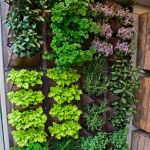 How to Use Vertical Gardening to Max Out Small Yards
How to Use Vertical Gardening to Max Out Small Yards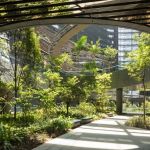 How to Design a Landscape That Complements Architecture: Expert Tips and Ideas
How to Design a Landscape That Complements Architecture: Expert Tips and Ideas